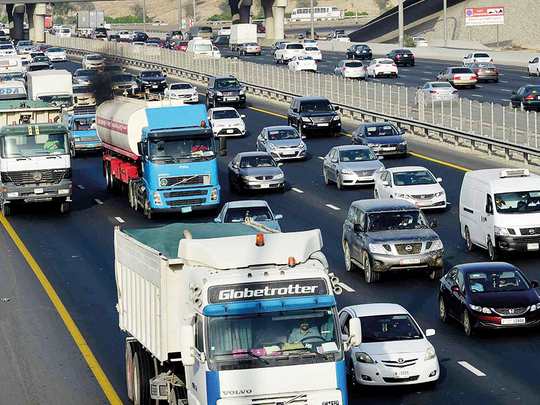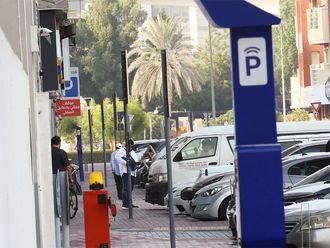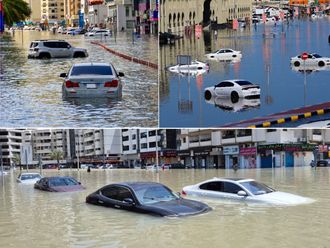
Dubai: The maximum speed limit on two major highways of Dubai, Shaikh Mohammad Bin Zayed Road and Emirates Road, will be reduced from 120kmph to 110kmph with effect from October 15, the Roads and Transport Authority (RTA) announced on Wednesday.
The RTA and Dubai Police jointly took the decision to reduce the speed limit on the busy highways following a spate of accidents over the last two years.
Motorists have to be wary that as a result of the drop in speed limit the cameras on both the highways will catch the speeding vehicles at 131kmph instead of the current speed of 141kmph.
According to a senior RTA official the drop in speed limit will ensure greater safety and will help curb traffic violations.
“Lowering the speed limits on the Shaikh Mohammad Bin Zayed and Emirates roads is a result of elaborate traffic safety studies and analyses of traffic accident data along with their causes over the past years. It resulted in addressing several traffic safety requirements such as pedestrian bridges, safety rails, and truck lay-by areas,” said Maitha Mohammad Bin Adai, CEO of RTA’s Traffic and Roads Agency.
She added that the decision is mainly intended to curb traffic accidents resulting from speeding, especially as the two roads witness huge volumes of heavy vehicle traffic in both directions.
“Controlling the speed limits is one of the most effective measures of reducing traffic accidents. The procedure of controlling the speed limits is based on several criteria highlighted by the design speed of the road, and the actual speed observed by the majority of drivers. It also rests on the extent of urbanisation on both sides of the road, pedestrian traffic, availability of schools, mosques and other vital facilities. It also depends on the level of traffic accidents that took place on the road, traffic volume, and the high probability of serial accidents,” she explained.
According to Dubai Police, both the highways have accounted for 39 lives each from the beginning of last year, which forced the authorities to revise the speed limits as at least 60 per cent of the accidents are associated with speeding.
“The objective of reducing the speed limits on the Shaikh Mohammad Bin Zayed Road and Emirates Road is to curb traffic accidents, especially fatal accidents, and step up the safety of users on both roads. Speed is a key contributing or associated factor for at least 60 per cent of traffic road fatalities,” Major General Mohammad Saif Al Zaffein, Assistant Commander-in-Chief of Dubai Police.
He added that lowering the speed limit on both the highways is an outcome of extensive studies conducted by the Dubai Police and the RTA for raising the traffic safety levels and associated traffic fatalities.
“The move is compatible with the Dubai Police strategy aimed at reducing traffic accidents to zero per cent per 100 of the population,” he said.
According to Dubai Police states, during the first half of this year, the Shaikh Mohammad Bin Zayed Road was the scene of 99 accidents resulting in six fatalities and 78 injuries.
Last year, the highway saw 196 accidents resulting in 33 deaths and 249 injuries.
Similarly, the Emirates Road witnessed 40 accidents during the first half of this year resulting in 10 fatalities and 75 injuries.
Last year, the highway saw 86 accidents involving 29 deaths and 147 injuries.
Being among the busiest highways in the country, both the roads have massive capacity, with Mohammad Bin Zayed road having the capacity to handle 12,000 per hour per day.
Currently, 7,009 vehicles ply on Shaikh Mohammad Bin Zayed Road in the direction of Abu Dhabi, with trucks accounting for 6 per cent of these vehicles.
In the direction of Sharjah, the highway handles 7,821 vehicles per hour per day, with trucks comprising 12 per cent.
On the Emirates Road, 6,442 vehicles (6 per cent of them are trucks) operate in the direction of Abu Dhabi, whereas 3,416 (14 per cent of them are trucks) in the direction Sharjah.











